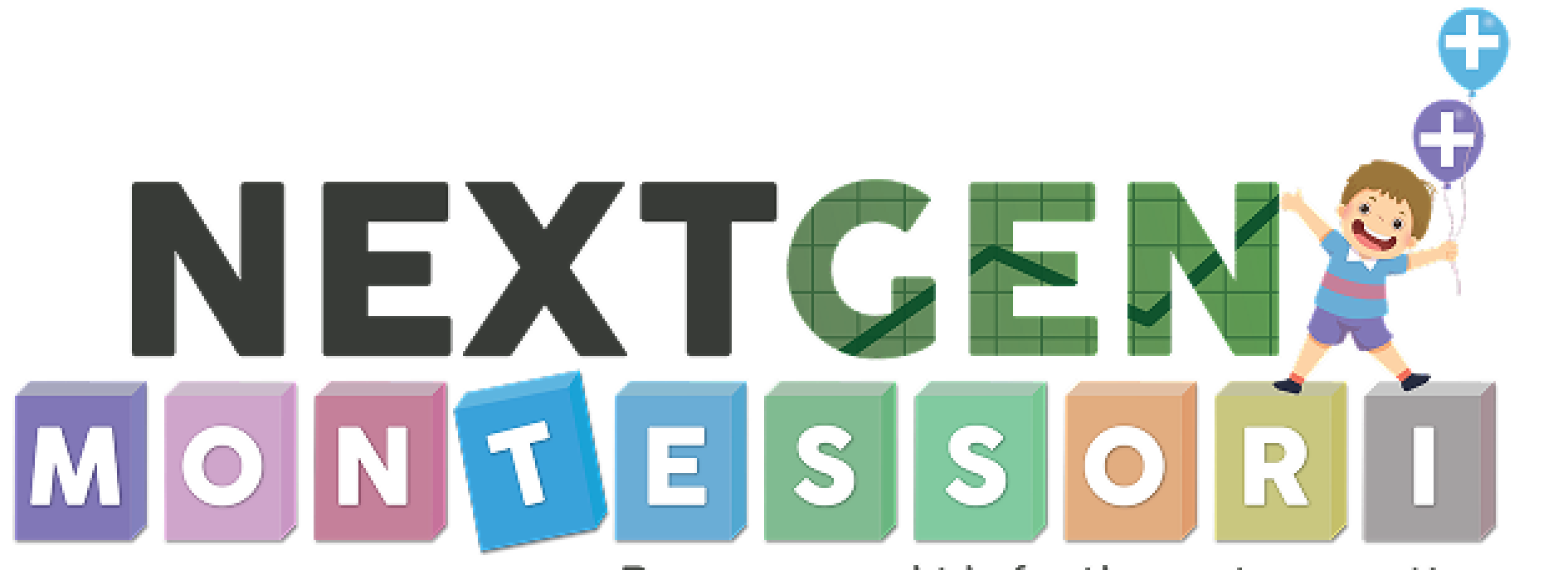🤔 Introduction:
“Why is my toddler suddenly hitting, yelling, or crying so much?”
“How do I teach them to calm down without yelling myself?”
“Is this normal… or am I doing something wrong?”
These are the questions many Truganina parents ask us at NextGen Montessori — and the answer is simple but powerful:
👉 Yes, it’s normal. And no, you’re not doing anything wrong. But what your toddler needs isn’t control, it’s coaching.
At NMC, we use the Montessori method to help toddlers understand and regulate their big emotions, and you can apply these same principles at home. Here’s how.

🧠 Why Toddlers Struggle With Emotions
Before age 5, a child’s brain is still learning how to handle frustration, disappointment, jealousy, and excitement. They feel big, but they can’t explain it. That’s why toddlers might:
- Hit when they want attention
- Cry when they’re confused
- Freeze during transitions
- Throw things when overwhelmed
In Montessori, we don’t punish this. We guide it. We give toddlers the tools and language to process their inner world.
💡 Montessori Tools That Support Emotional Growth
1. 🧘♀️ The Peace Corner
Every classroom at NextGen Montessori has a soft, welcoming space with a cushion, emotion cards, a sensory bottle, and a mirror. Children go there voluntarily, not as a timeout, to reflect and reset.
- You can create one at home:
- A soft chair or corner with a calm-down jar
- Feelings poster or a mirror
- A soft toy they can hug
Why it works: Children need a safe space, not isolation, to learn emotional self-control.
2. 🗣️ Emotional Language is Taught, Not Expected
We model emotional literacy with everyday language like:
“It looks like you’re frustrated. Want to tell me why?”
“You feel sad because your friend went home — that’s okay.”
“When you’re ready, I’m here.”
At NMC, educators narrate feelings as they happen so children can name what they feel.
At-home tip:
Say what you see:
👉 “Your fists are tight. You look angry. Want to sit with me for a minute?”
This builds the emotional vocabulary toddlers need to express, not explode.
3. 🕰️ Predictable Routines Reduce Emotional Spikes
Uncertainty makes toddlers anxious. Montessori thrives on rhythm. When children know what comes next, they feel more in control.
- Our classroom rhythms include:
- Visual routines
- Timers for transitions
- Signals (like soft bells) before pack-up or group time
Try this at home:
Print simple routine cards for morning or bedtime. Let your child lead the flow.
🧒 What It Looks Like in Real Life
At NMC, a 3-year-old named Aarav was struggling with transitions. Every time he had to stop a task, he’d cry, scream, or hide. We didn’t rush him. Instead, we
- Introduced a sand timer
- Gave him a visual choice (e.g. “Puzzle or book after snack?”)
- Allowed him to finish with a sense of completion
Within two weeks, Aarav was calmly moving between tasks and even helping others who were struggling.
❤️ Why This Matters to Truganina Families
Emotional regulation isn’t just about fewer tantrums. It’s about raising children who can:
✔️ Express without hurting
✔️ Ask for help instead of acting out
✔️ Listen and reflect
✔️ Show empathy
At NextGen Montessori in Truganina, we don’t just care for your child — we coach them through their most important early emotional lessons.
If your toddler struggles to stay focused or bounce between activities, you’re not alone — and there is a better way.
📖 Explore the Latest blog for 5 realistic, Montessori-inspired tips to gently build your child’s focus and independence at home. 🔗 Read Now
📍 Serving families in Truganina
💬 Have questions or want to see Montessori in action? Book a tour with us — we’d love to meet your family.
